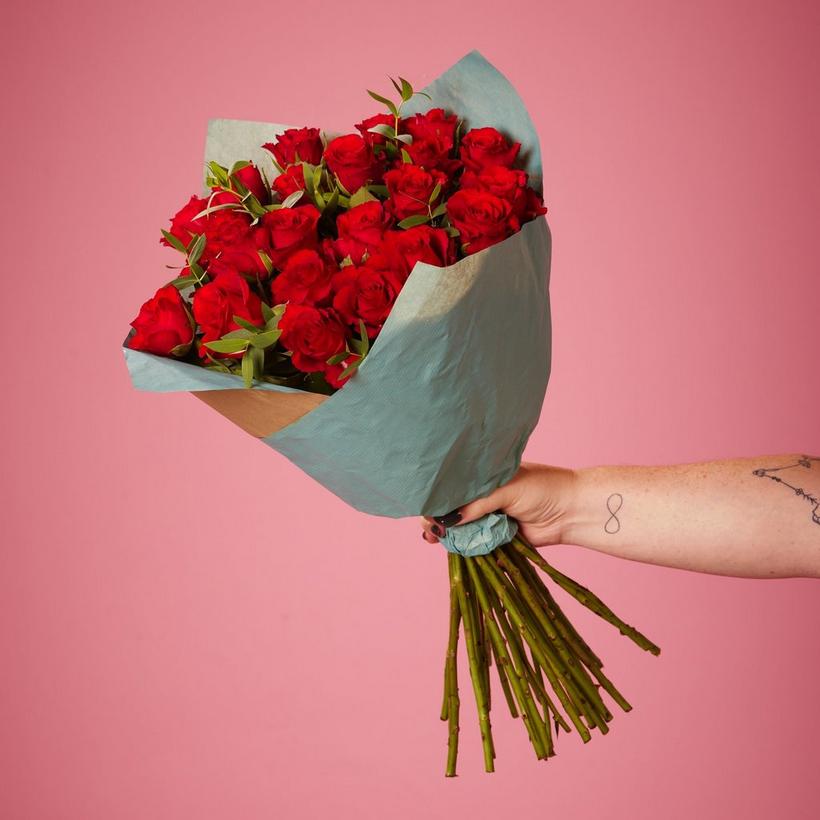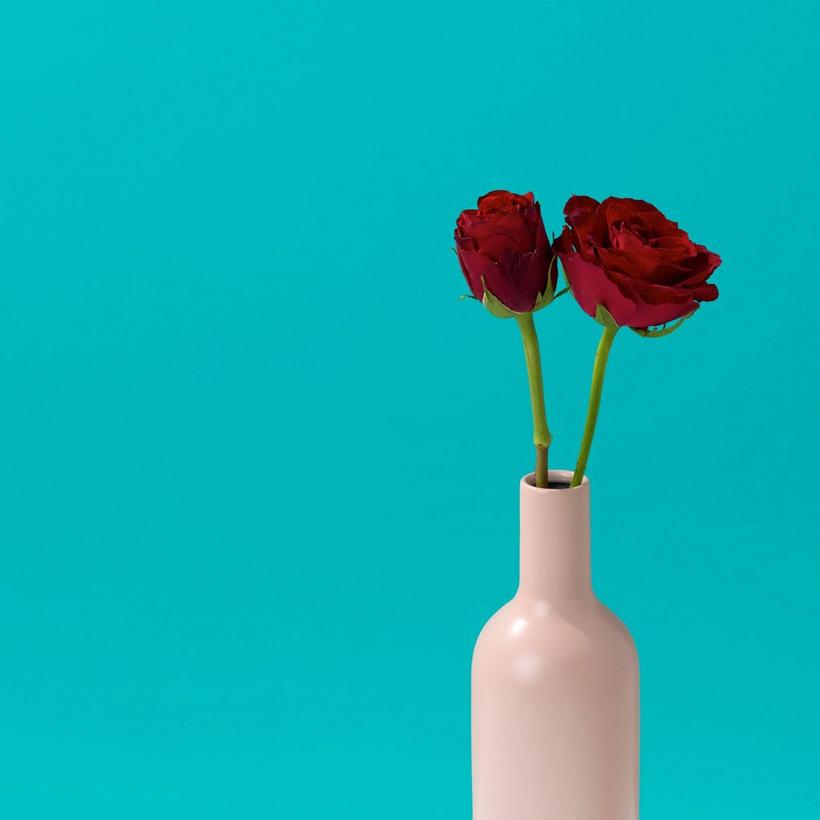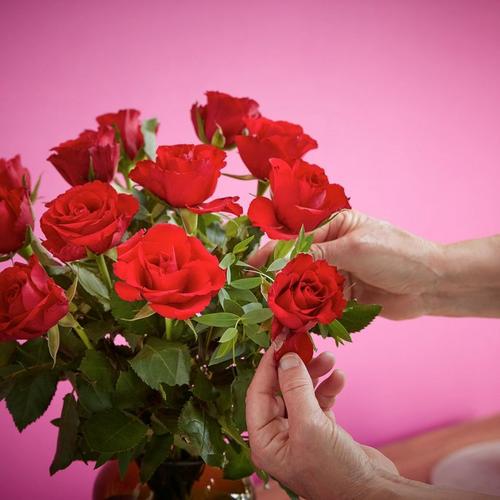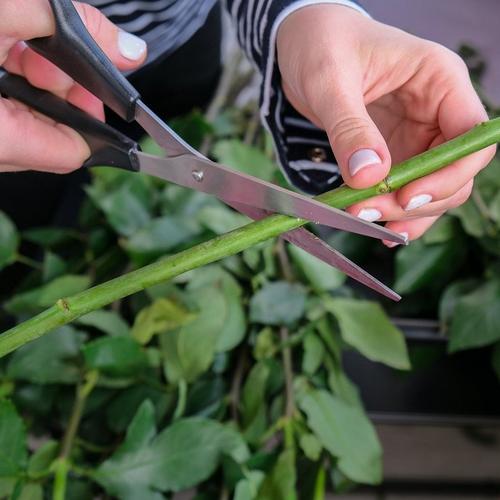Our Valentine’s Roses
If you’re looking to sweep them off their feet this Valentine’s Day, you can’t go wrong with a luxurious bouquet of Valentine’s roses. A timeless classic; red roses have been THE flower for Valentine’s Day for centuries. But how did they become so synonymous with Valentine’s Day? Read on and we’ll tell you all about the history of roses for Valentine’s Day and which red rose we’ve chosen to feature in our Valentine’s rose bouquets.
SEND VALENTINE'S ROSES
Why we send roses for Valentine’s Day
To learn about why we send roses for Valentine’s Day, we’ve got to look closely at the red rose meaning.
Back in the days of Greek mythology, Aphrodite – the goddess of love – heard that her one true love, Adonis, had been attacked by a boar and ran to save him. As she was going to help him, she pricked her foot on a white rose and stained the flower red with her blood. Since then, the red rose has long been associated with love and romance.
With an average of 250 million red rose stems sent around the world on Valentine’s Day last year, people rely on a red rose as the ultimate gesture of love.
If you’re looking to send a traditional rose bouquet but want something different to the classic red rose, we’ve got you covered with that too. Different colours of roses also convey different meanings – pink roses are said to symbolise gratitude, yellow roses are said to be the flower of friendship making them perfect for Galentine’s Day, whilst orange roses represent passion. To keep it simple, choose white roses which are said to represent everlasting love.
But it’s not just the colour that makes sending a rose so romantic – it comes down to the number you choose as well. A single rose is said to represent love at first sight, whilst a classic dozen roses means true love. If you want to shower them in more love, then shower them in more roses! 50 red roses shows unconditional love, whilst 100 roses is a the grandest gesture and represents devotion.
Our Valentine's Roses


All red roses are the same, right? Actually there are actually over 30,000 varieties of roses available, each with their own unique characteristics.
We’ve selected one of the best roses to use in our rose bouquets this Valentine’s Day; the calypso rose. With a long stem - 50cm to be exact - and a vibrant red head, they’re here to make a statement. If you’re looking for a Valentine’s flower that just shouts out ‘I love you’, then it would have to be this romantic bright red bloom.
How to care for Valentine’s roses
If you’ve been the lucky recipient of a bouquet of Valentine’s roses, it should last for at least 7 days. Here are our top care tips on how to keep your roses fresh, and keep the love lasting long after Valentine’s Day.
Roses are also great flowers to dry, so you don’t have to throw away your rose bouquet once the big day is over. We’ve rounded up some ideas on how to preserve roses after Valentine’s Day.
Rose Care Tips




